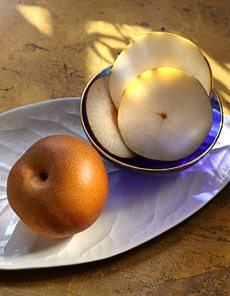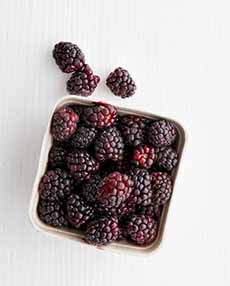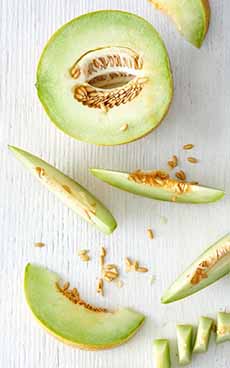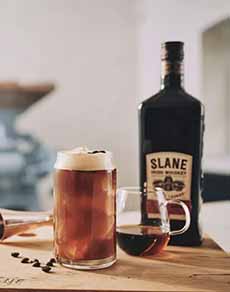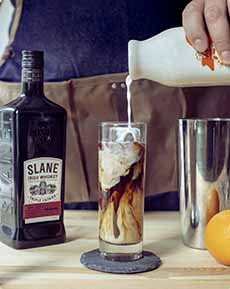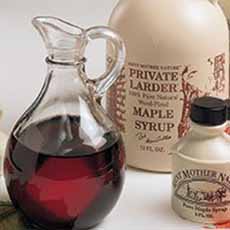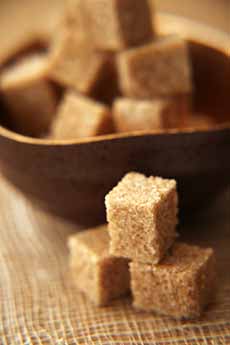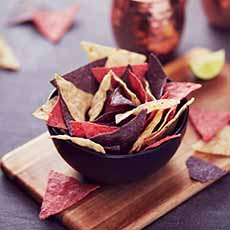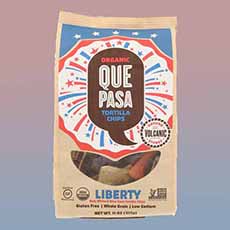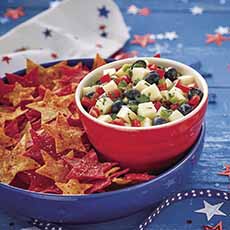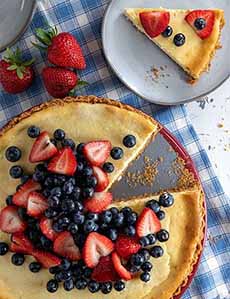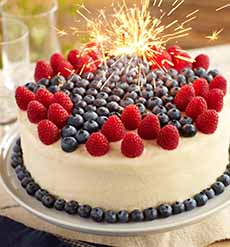|
June 23rd is National Hydration Day, a holiday that serves as a reminder for all of us of how important it is to drink water and keep hydrated.
While some people carry a water bottle everywhere and are religious about drinking eight glasses a day, others among us don’t pay attention to hydrating—and in fact, drink dehydrating beverages such as alcohol, coffee and soda.
Plain water is the best way to hydrate, be it still, sparkling, mineral, or fruit infused.
But if you just don’t like water or simply don’t want another glass (tip: try drinking it ice cold), here are other good drinks to hydrate.
THE BEST BEVERAGES TO HYDRATE
Coconut water. It’s 95% water. That’s more water than fruit juice, without the sugar content. But check the label to be sure to check the label. The amount of added sugar varies by manufacturer.
Fruit. It doesn’t have to be a drink to be hydrating. Watermelon is 92% water, cantaloupe and honeydew 90%, strawberries 91%, peaches 89%, oranges and grapefruit 88%.
Fruit juice. Fruit juices that are 100% juice typically contain about 85% water. That, which makes it super hydrating (just make sure you’re picking 100 percent fruit juice). The vitamins within natural fruits are also healthy. Be mindful of the sugar content, though, as juices can be packed with added sugars.
Milk. Whole cow’s milk is 87% water; skim milk is 91%. Hot or cold, enjoy it with some cinnamon and a packet of Equal. We make hot milk in the microwave in 2-1/2 minutes. Plain yogurt is 88% water, cottage cheese is 80%.
Soup. Clear soup, which you can drink from a mug, is about 92% water.
Sports drinks. Electrolytes help rehydrate by regulating the body’s fluid balance. The carbs in the drink provide energy. But those carbs can include lots of sugar. Look for sugar-free varieties.
Tea. Preferably, drink herbal tea, because caffeine is a diuretic: It leaches tea from the body. But black, green and white teas are OK if that’s what’s at hand. Herbal tea, hot or cold, is about as hydrating as water.
Veggies. Cucumbers and celery are 95% water, lettuce is 96%, zucchini and tomatoes are 94%; bell peppers, cabbage and cauliflower are 92%).
ANTI-HYDRATING DRINKS TO AVOID
Avoid these: They’ll only make you thirstier.
Alcohol. Beer, wine and hard liquor removes water from your tissues (via urination), so you have to drink even more water to offset dehydration. The higher the alcohol content, the more dehydrating the drink.
Coffee. After second cup, the caffeine in coffee leads to dehydration. Drinking more than 200-300 milligrams (the amount in two to three cups) will leach water from your body (like alcohol, via urination).
Energy drinks. Packed with caffeine, sugars and chemicals, energy drinks are not hydrating.
Lemonade. While it’s made with water and provides some hydration, lemonade is packed with sugars. Instead, squeeze lemons or limes into still or sparkling water.
Smoothies. Fruit- and vegetable-laden smoothies are good for breakfast or a refreshing snack, but they don’t help much with hydration. Try doubling the amount of ice, to add more water to the drink.
Soda/soft drinks. Sodas often contain caffeine, which dehydrates. They’re also packed with sugar and sodium. Even a diet cola dehydrates with its caffeine. Instead, grab a carbonated flavored water.
> CARBONATED WATER: CLUB SODA, SELTZER: THE DIFFERENCE
> THE DIFFERENT TYPES OF WATER
|
|
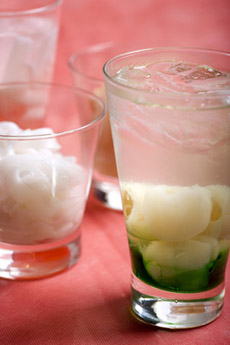
[1] Coconut water is very hydrating. Just check the label for added sugars (photo © Deasy Setiawati Widjaja | Dreamstime).

[2] Whole cow’s milk is 87% water, but skim milk tops it at 91% (photo © MilkLife).
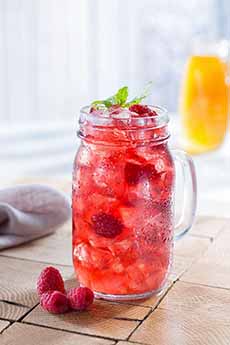
[3] Herbal iced tea is as hydrating as water, and is available in quite a few flavors, like this raspberry herbal iced tea (photo © National Honey Board).

[4] A nibble instead of a sip: cucumber and celery are 95% water (photo © Sun Basket).
|




